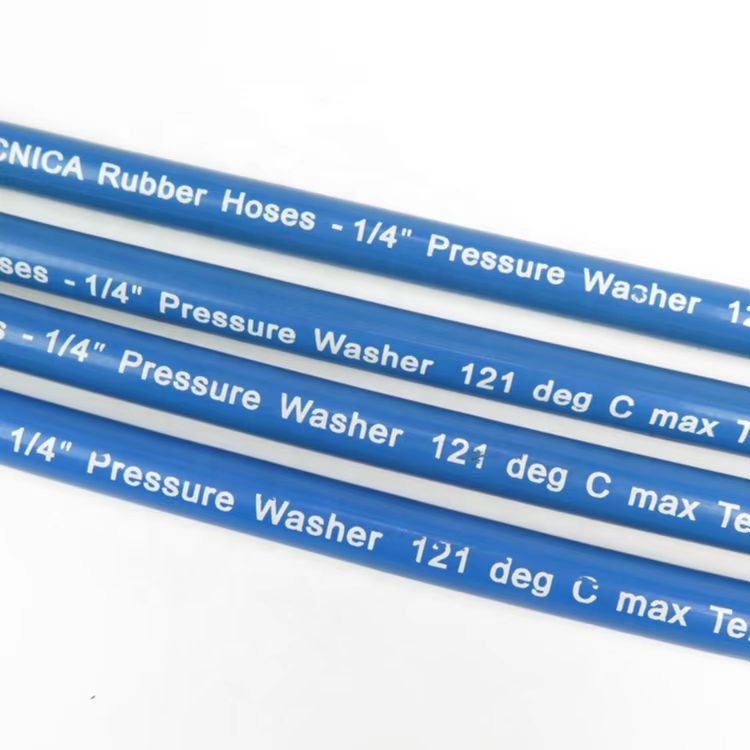335345435
Aug . 14, 2024 22:14 Back to list
Custom Hydraulic Hose Assemblies and Fittings for Reliable Industrial Applications and Performance
Understanding OEM Hydraulic Hose Assemblies and Fittings
Hydraulic systems are integral to numerous industries, including construction, agriculture, and manufacturing. Central to the efficacy of these systems are hydraulic hose assemblies and fittings, particularly those designed under Original Equipment Manufacturer (OEM) standards. This article provides an insightful overview of OEM hydraulic hose assemblies and fittings, exploring their importance, components, and benefits.
What Are OEM Hydraulic Hose Assemblies?
OEM hydraulic hose assemblies are specific configurations of hoses and fittings designed and manufactured according to the specifications of original equipment manufacturers. These assemblies are vital for ensuring the proper operation of hydraulic systems, as they allow for the efficient transfer of fluid under pressure. The term OEM signifies that the components are designed to fit the original equipment exactly, maintaining compatibility and performance.
Key Components of Hydraulic Hose Assemblies
A typical hydraulic hose assembly consists of the following key components
1. Hydraulic Hoses Hydraulic hoses are flexible conduits that transport hydraulic fluid. They must be made from materials that can withstand high pressures and temperatures. Common materials include synthetic rubber, thermoplastic, and PTFE (polytetrafluoroethylene). The choice of hose depends on the application's pressure rating, temperature, and environmental conditions.
2. Fittings Fittings are the connectors at the ends of hydraulic hoses that secure them to various components in the hydraulic system. They come in various shapes and sizes, including straight, elbow, and tee configurations, and are typically made from steel, aluminum, or brass. The right fittings ensure leak-free connections and can be crimped or threaded onto the hoses.
3. Adapters and Couplings In some cases, hydraulic systems may require adapters or couplings to connect hoses of different sizes or to attach hoses to equipment with varying ports. These components also play a critical role in maintaining the integrity of the hydraulic circuit.
The Importance of OEM Specifications
oem hydraulic hose assemblies & fittings

Using OEM hydraulic hose assemblies and fittings is essential for several reasons
1. Compatibility OEM parts are designed to work seamlessly with specific machines and applications. Using non-OEM components can lead to compatibility issues, resulting in reduced performance or, worse, equipment failure.
2. Quality Assurance OEM products typically undergo rigorous testing and quality control processes, ensuring that they meet specific standards for durability and performance. This reliability is crucial in high-pressure environments where failure can result in costly downtime or safety hazards.
3. Warranty and Support Many manufacturers offer warranties on their OEM parts. Using these components can help maintain the warranty on the entire hydraulic system, providing additional security for the operator.
Advantages of OEM Hydraulic Hose Assemblies
1. Performance OEM hoses and fittings are engineered to meet the specific performance requirements of the hydraulic system. This ensures that the system functions optimally under various conditions.
2. Safety Properly designed and manufactured hydraulic hose assemblies reduce the risk of leaks and failures, contributing to a safer working environment.
3. Longevity With materials that are resistant to wear, heat, and chemical exposure, OEM hydraulic hose assemblies tend to last longer than generic alternatives, leading to lower maintenance costs over time.
Conclusion
In summary, OEM hydraulic hose assemblies and fittings play a critical role in the effectiveness and safety of hydraulic systems. Their tailored designs ensure compatibility, reliability, and long-term performance. Whether in heavy machinery or industrial applications, investing in OEM components guarantees that operators benefit from the best quality and performance standards, ultimately supporting productivity and safety in their operations.
-
SAE 100 R17 Black Smooth Cover Hydraulic Hose
NewsMar.07,2025
-
SAE 100 R17 Black Smooth Cover Hydraulic Hose
NewsMar.07,2025
-
SAE 100 R17 Black Smooth Cover Hydraulic Hose
NewsMar.07,2025
-
SAE 100 R17 Black Smooth Cover Hydraulic Hose
NewsMar.07,2025
-
SAE 100 R17 Black Smooth Cover Hydraulic Hose
NewsMar.07,2025
-
steel wire braided hydraulic hose
NewsMar.07,2025



